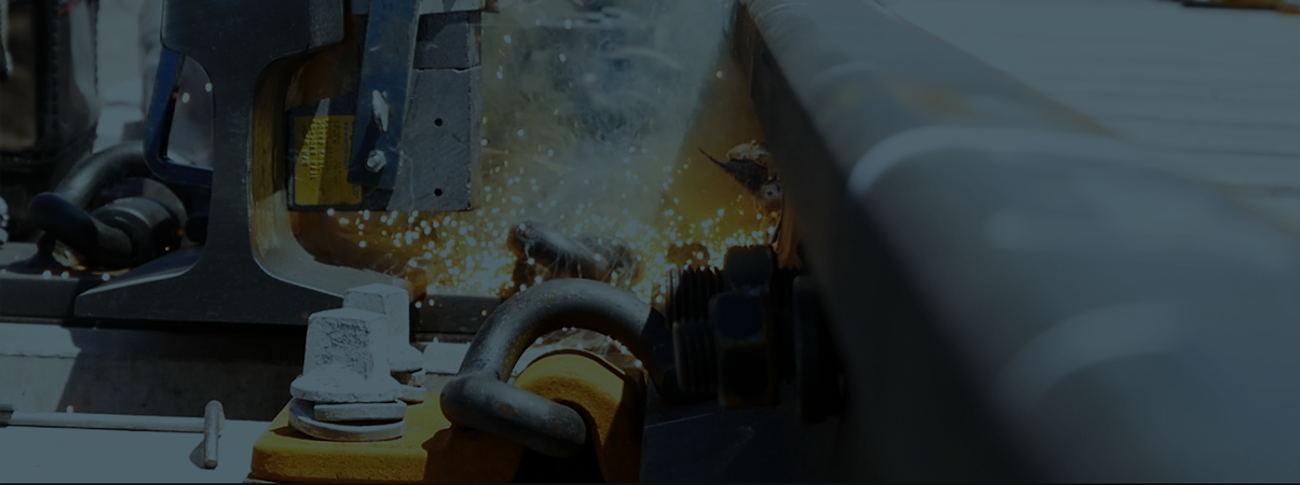Under the provisions of the Work Health and Safety (WHS) legislation (OHS legislation in Victoria) and Rail Safety National Law, Accredited Rail Organisations (ARO) are required to demonstrate safety due diligence. That is, to eliminate risks to health and safety so far as is reasonably practicable (SFAIRP), and if risks to health and safety cannot be reasonably eliminated, to reduce those risks SFAIRP.
Mere compliance with legislation and regulation does not make anything safe in reality. The laws of nature regarding rail safety issues need to be established then safely managed to the satisfaction of the law. Doing so in this order demonstrates SFAIRP safety due diligence.
This course will outline the paradigm shift from hazard-based risk management to the precautionary approach enshrined in the legislation.
We will also detail the process that will enable organisations to demonstrate safety due diligence in ways that are useful to engineers and designers so that senior decision makers can make diligent decisions.
EA members get 15% off on selected workshops and training. Not a member? Sign up now
*1% credit card surcharge applies.
Any questions?
Contact us
21 August
This course will run on the following dates:
21 August 2025, 1pm – 4:30pm AEST
RSVP
Registrations close three business days before the start of each session.
EA members get 15% off on selected workshops and training. Not a member? Sign up now
*1% credit card surcharge applies.
Any questions?
Contact us
Please register at least two weeks before the scheduled course start date.
We offer flexible delivery options to support your team's development:
Private corporate delivery: we can facilitate an exclusive delivery of this course for groups of 8 or more at a date and time that suits you.
Contextualised content: in addition to a private delivery, learning content can be tailored to your organisation’s specific needs.
Find out how we can help you and your team by completing an enquiry form or emailing us at [email protected]
- Understand the legal duties of directors to demonstrate due diligence under the provisions of Rail Safety National Law and the Victorian OHS Act.
- Learn what constitutes due diligence under Australian High Court case (common) law.
- Determine what risk management technique(s) can be used to establish due diligence, and in which circumstances.
- Provide an understanding that legislative and regulatory compliance ≠ due diligence, especially for safety matters.
- Understand that, to demonstrate safety due diligence, the management of the laws of nature is always logically prior to the management of the laws of man.
- Understand how single line threat-barrier diagrams based on case law studies assist designers and decision-makers.
Is this course for you?
This course suits engineers across all disciplines, especially engineers involved in the rail industry.
Other relevant roles include:
- Designers
- Project Managers
There are no prerequisites for this course.
Topics we'll cover
- Rail Safety National Law
- Victorian OHS Legislation including Criminal Manslaughter
- Acting as an expert witness
- ALARP vs SFAIRP
- Positively Demonstrating Safety Due Diligence
Provided a great explanation of responsibilites, requirements, and what engineers must do to comply with the law.
Gaye Francis is an experienced risk and due diligence engineer and project manager with a diverse range of project experience. She is also one of the directors of engineering firm, R2A.
Gaye has worked with both private and government clients across a wide range of industries, including road, rail, marine, mining, aviation and water. At R2A, Gaye is involved in all aspects of the practice and oversees the consulting stream.
She is passionate about sharing her expertise to help organisations minimise risk and maintain compliance with the law.
Richard Robinson BE BA MRSV FIEAust is Chairman of R2A Due Diligence Engineers.
Richard is a Fellow of Engineers Australia and an Honorary Fellow of the Australasian Marine Pilots Institute. Richard has degrees in Engineering (Monash University) and Philosophy (University of Melbourne). He is the principal author of Engineering Due Diligence (12th edition 2022), which is used as a text by a number of Australian Universities.
Richard was also a major contributor to the third revision of the Engineers Australia's safety case guideline.


